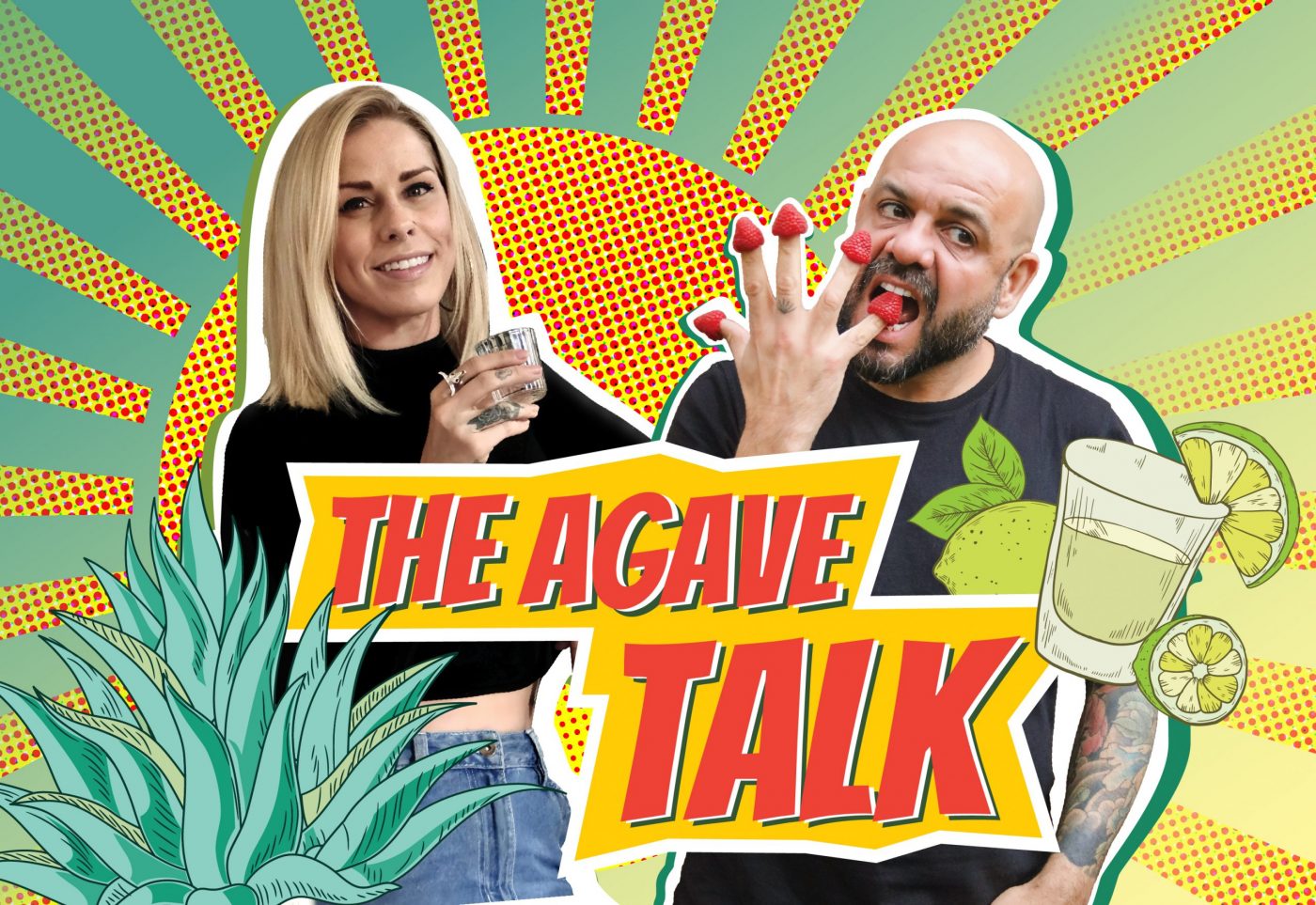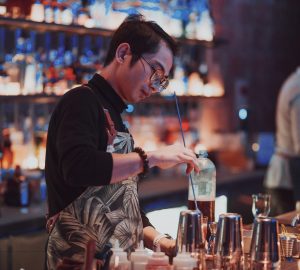On the past, present and future of agave spirits. By Shu Mi.
Former colleagues and now working on two different continents, Dre Masso and Megs Miller have spent most of their career spreading agave love around the world.
After honing his bartending skills at some of the most revered venues in London, Dre started his tequila journey properly in the early naughts when he visited Tommy’s Mexican Restaurant in San Francisco. And there is no turning back for him from there. He went on to co-create Altos tequila, write a book about the most popular tequila cocktail in the world and share his knowledge on agave spirits through seminars and training sessions with bartenders all over the globe.
Known as the former Global Ambassador for Altos tequila by many, Megs now lives her dream in Mexico City where she runs Salon de Agave, a space for personalized agave tasting and therefore, a heaven for agave lovers. She is also the co-founder of CATA Agave Bar in Tamarindo, Costa Rica.
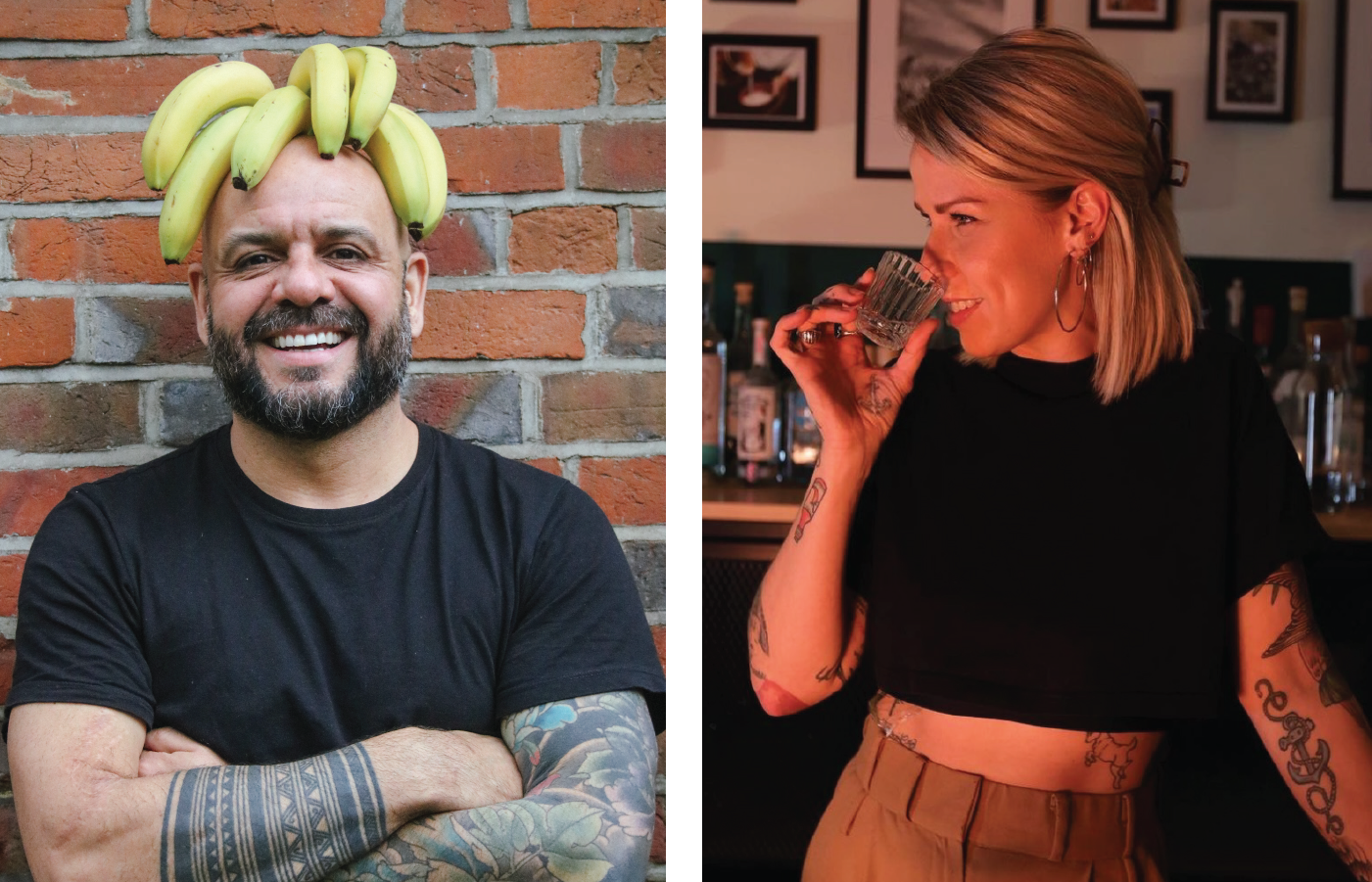
During a recent visit to Shanghai, these two seasoned agave evangelists talked to Shu Mi, managing editor of DRiNK China, about how they became obsessed with agave spirits, what the future holds for the tequila and mezcal industry and much, much more.
DRiNK: Hello Megs and Dre! Do you still remember the first time you tried an agave spirit?
Megs: Maybe the story I shouldn’t tell! But I remember being very cheeky and sneaking a little half shot of a gold square bottle around the fire camping with my parents…And doing the salt on the back of the hand and the shot and the last squeeze of lime!
And then my first proper taste of tequila was when I was 15 or 16 and I traveled to Mexico. It was my first flight internationally. Leaving Canada in the dead of winter and freezing cold, and arriving in this colorful country of Mexico and having that first shot of tequila properly was very memorable for me.
Tequila has this reputation of being a little bit naughty, right? A little bit spicy, a little bit fun
Dre: Nice. For me, one of my first experiences that I can remember was getting a miniature. It was mezcal (air quotes) and it had the worm in it. I think I saw that as quite a novelty and there was this myth the the worm would intoxicate you in a different way. It doesn’t. But I was sold by that gimmick.
So my first good-quality experience was around 2001 when I met the Ambassador of Tequila for the United States, Julio Bermejo. He presented a really fine selection of 100% agave
tequila. He served it in a champagne flute. We sipped and savored and tasted all of these tequilas and that literally changed my life. That’s why we’re here today because it started this path of passion for the wonderful category of agave.
DRiNK: And how has your perception of agave spirits changed since then?
Dre: For me, that was kind of a quick and sharp learning curve because I was suddenly presented with something that I hadn’t been presented with before. In the UK, we were certainly drinking the entry level tequila which in many people’s view is the poorest quality. And we discovered something different out there that the Mexicans were drinking. As soon as I had that experience and at that time met Julio Bermejo, he presented me with a chance to spend some time with him in San Francisco and learn more about it. So for me, I fell head over heels with the category. I was convinced that there was something very different, so my understanding and perception was changing very, very quickly because I was discovering more and more really good quality tequila. Then I went to Mexico and all of that was enhanced. What about you?
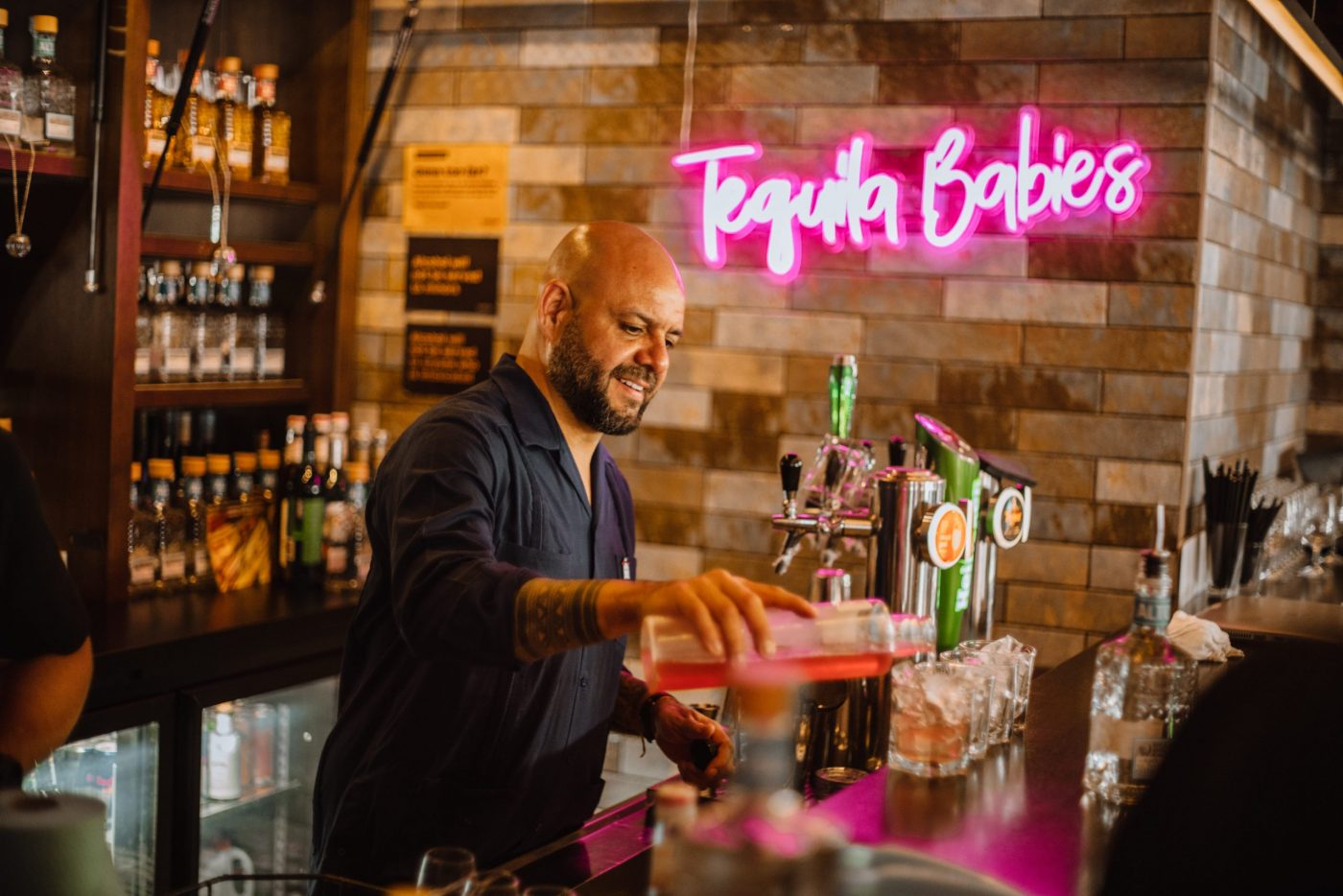
Megs: I think it’s still changing every day. I feel like I can never ever ever stop learning about this category which is so exciting. Tequila has this reputation of being a little bit naughty, right? A little bit spicy, a little bit…
Dre: Fun!
Megs: Yeah, fun. I always joke that those fast food brands – those naughty tequilas that give you that bad hangover that is reference to, but it still invokes fun. And there’s a fun story behind it. Your friends come around with a shot and you’re like, ‘oh no!’ Things like that. There’s always this party invoked around tequila, bringing people together and inviting people to come into this what’s-on-the-other-side-of-that-door kind of feeling. And I think the category still has that today. So the more I learn every day, the more I still fall in love with the product.
DRiNK: What is the most misunderstood fact about agave spirits in your opinion?
Dre: We talked about this earlier. Because a lot of people had negative experiences early on with the inferior quality tequila, there is just this idea that all tequila is like that. Whereas there is probably more better tequila than there is bad if that’s a correct statement.
And I might contradict myself here because another big misconception is that all of the flashy high-end celebrity tequila is amazing, whereas most of it isn’t great. So that answer kind of flips it both ways. So yeah, there’s a lot of people that because they grew up with bad tequila they think the whole category is bad. And there’s a lot of people who have only kind of been introduced to celebrity tequila.
And to expand on that, a lot of the liquid in those celebrity endorsed tequilas is average. But it’s been packaged in a certain way and a lot of them, to make them very accessible, have been enhanced with some kind of assistance, some kind of additive, whether to make it perceived as a smoother, sweeter product. I mean it kind of is…not all. This is a generalization but yeah, that’s some big misconceptions there.
It’s quite a long cycle – six to seven years for tequila, longer for agaves used for mezcal
Megs: I think I 100% agree with Dre. Ten years ago, the conversation for tequila was a regular tequila or what’s called a ‘mixto tequila’ versus a 100% agave tequila, where now the consumers’ perception has changed and they know to look for that ‘100% agave’ on the bottle to get pure agave. And a lot of these bigger brands and sometimes a lot of the celebrity products say ‘puro agave’ and ‘100% puro agave’, so the consumer thinks that they are getting only the sugar…which the tequila does have to be made for all of the sugars from the blue agave plant or agave tequilana. But then they can legally add these additives of oak extract and caramel coloring and sugar and glycerin, and the sugar can be a flavored sugar. And unfortunately the brand does not have to tell the consumer about that.
Right now, about 70% or more of brands of tequila in the market are using these additives. I don’t think every single additive is the worst thing. If you drink aged spirit like whisky and rum, a lot of brands do use caramel coloring because the consumer doesn’t usually understand that the color like that can change the consistency on the shelf.
But glycerin and sugar and oak extract are a lot of things that you can adultrate the flavor profile of this product. And then some very big commercial crystalino brands are charcoal-filtering out the color, but that will remove flavor and then they’re probably adding a lot of glycerin and sugar back in afterwards. So maybe what you’re actually getting doesn’t really taste of agave spirit anymore. They can be easy to drink and really fun to drink – I’ve had my fair share at Mexican weddings (laughs). But does it taste of agave as much anymore? Not so much. So…I’ve seen that growth in the category. This is why I love a blanco.
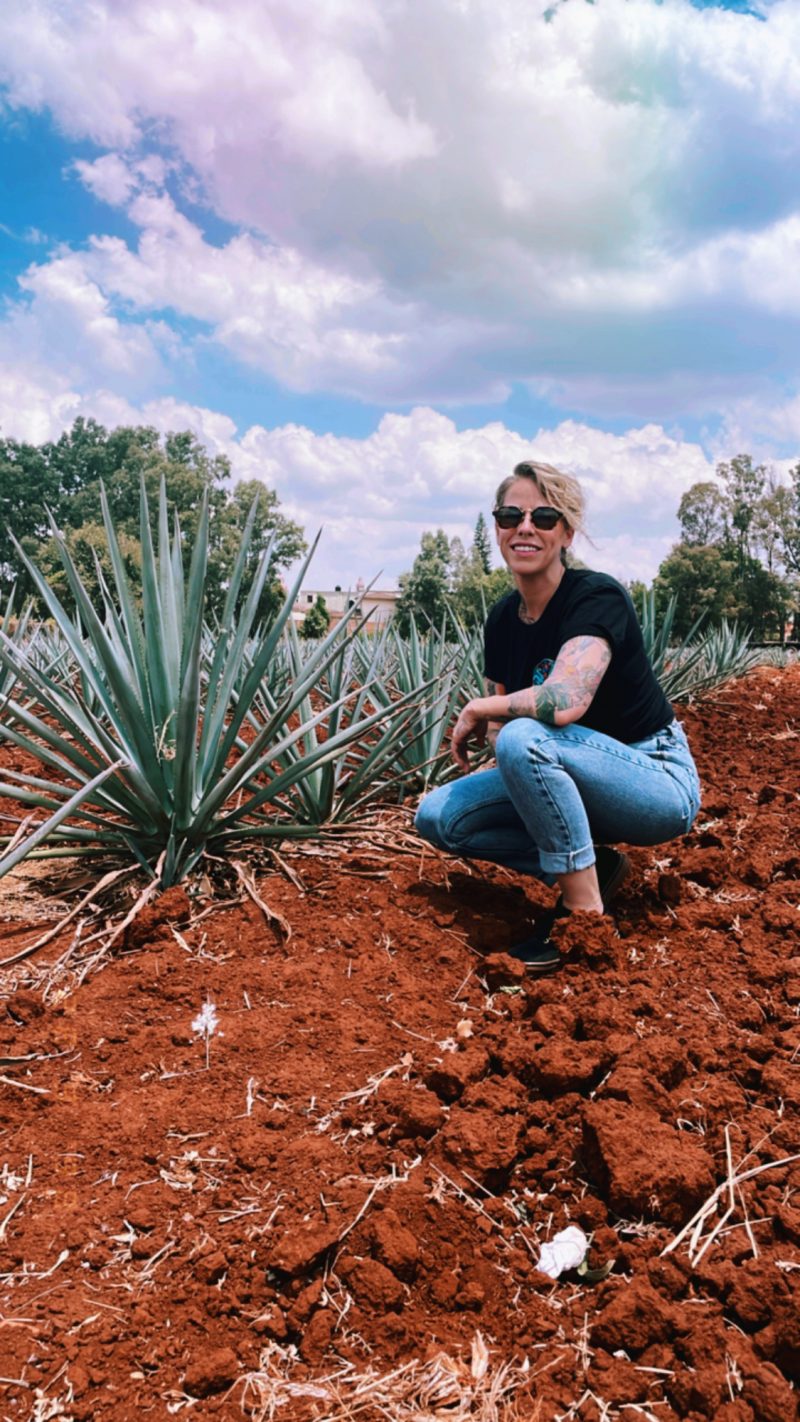
DRiNK: Is it true that the global agave boom has arrived?
Dre: Yeah, without a shadow of a doubt. It kind of took a while. If we use Altos as an example – we launched in 2009 and it was a bit of a challenge launching in lots of markets because we were held back. Certainly at a time when vodka and gin were dominating in the cocktail world, they couldn’t necessarily see a place for tequila. But if you look at some statistics now, tequila has overtaken American whiskey in America. I think it has overtaken rum, is due to overtake whisky as a category and vodka in the next couple of years.
DRiNK: Globally?
Dre: In America. America is always spoken about primarily because the largest amount of tequila in the world – more than Mexico – is consumed in America. If you look at whisky which is American whiskey, Scotch whisky, Irish whiskey, Japanese, Indian and everything else, it’s a massive category because there are so many things within it. And tequila will overtake it at some point in the not so distant future.
DRiNK: How about Asia and Europe?
Dre: Yeah it’s catching up everywhere. There are other things that are helping and America is different because we often talk about the biggest selling cocktail which is the Margarita. There’s a statistic out there. I don’t know how they got this number, but it’s something like –
I have to find this figure to make sure I got it right – 180,000 margaritas are enjoyed every hour in the United States of America alone. If you look at mixed drinks globally, agave spirits fall from there. Now it’s been taken seriously, and we’re seeing very fast growth finally everywhere. There was a big resistance. And some of that resistance was because that…for a lot of brands and brand companies, they had their own focus on other categories. I’m digressing slightly but for example, lots of big drink companies were reluctant to push tequila in Spain because gin is so important in Spain and they wanted their gin to have huge success.
Tequila has overtaken American whiskey in America…and is due to overtake whisky as a category
Megs: I might be wrong here, but I’m pretty sure agave spirits are the ones that – tequila especially really were the first big ones – to push celebrity alcohol products. Once a few brands did very very well in that category, we’re seeing a new celebrity getting a new tequila out almost every month. They almost all go to the same distilleries but this is pushing with their influence. It does push that category so much faster. And again, maybe those aren’t the best products but they are pushing the category.
With agave spirits on the rise and using that word agave, there are products here in China, in Korea and there’s an Australian agave project. There is in South Africa, all over Latin America, these agave spirits. So we’re not just seeing the rise of tequila and mezcal but the rise of agave as a whole. So when you see other countries planting this plant and joining this…which I don’t think is a bad thing. Like champagne versus sparkling wine, other countries of course can make these products. But the homage comes back to them being made in Mexico and having that heritage where the agave originally comes from and where these mezcals originated from.
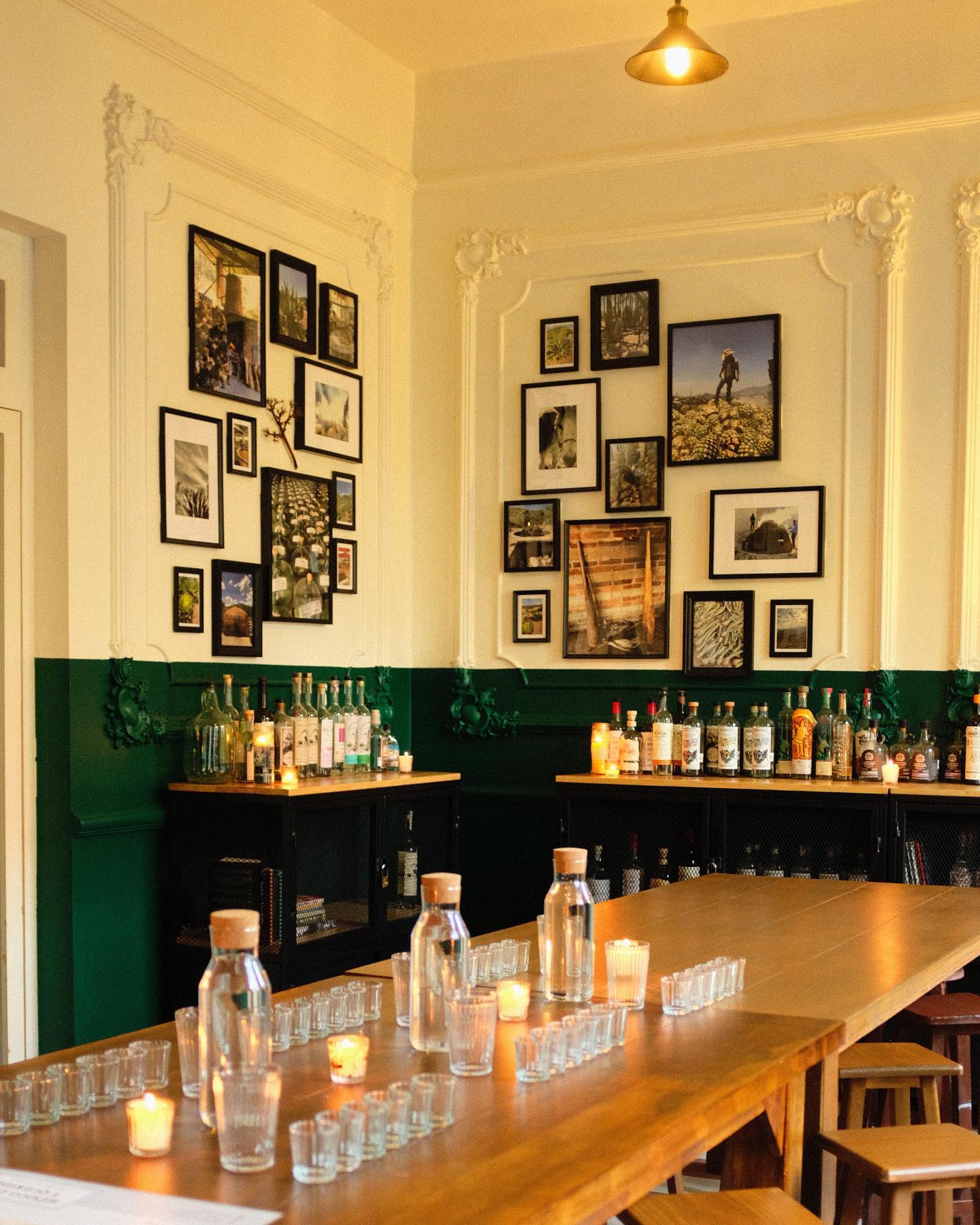
DRiNK: What are some of the most pressing issues that Mexican agave spirit producers are facing? Are there solutions?
Megs: I’m gonna be very honest. I struggle to comment on this even though I work heavily in the agave world and all I do is talk and study agave every day. I still find it hard to comment on this because it is a very big question to answer. And it’s not a black-and-white situation.
When you’re talking about agave sustainability, you know, sometimes a brand will say, ‘well, we replant our own agaves’. That’s good, but where do you get the wood for your ovens if you are oven roasted? Are you using an animal to pull your tahona stone so you can still say the word ‘artisanal’ ? Or do you need that? For a brand like Atlos, for example, they have a tahona but they have an electric tahona that mimics the walk of the animal. So, do you need the word there? Or should you be educating about not putting the word ‘artisanal’ on the bottle but using more efficient methods…
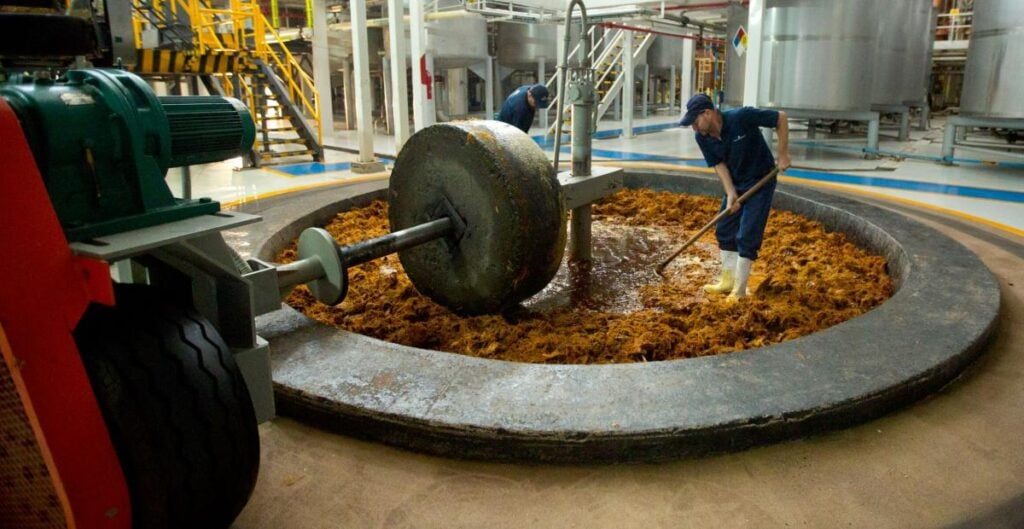
Dre: Yeah, animal-friendly.
Megs: Yeah. And I’m not saying that the animals are treated badly with certain brands and some brands are really really great, and it’s not a black-and-white answer. But where is your water source coming from? Where is your wood coming from? Where your agave’s soil regeneration? I mean I can keep going, but of course we still need to keep traditions alive for artisanal and ancestral. So I struggle to comment in the sense that I’m not a producer. The bigger guys need to help the smaller guys if that makes sense. And it needs to be a lot more circular. But it’s a hard question to answer because it’s so many moving parts if that makes sense.
Dre: To add to that, and this relates back to something you said earlier and also a misconception or realization. The price of agave has changed a lot over the years. It fluctuates. It’s quite a long cycle – six to seven years for tequila, longer for agaves used for mezcal. It’s hard to calculate and prepare. And then there are certain things that could affect that situation – illness of the plant or climate change or whatever. So it’s quite a risky business.
Some people talk about shortages. I don’t know if that’s that. Maybe that’s part of it, but also the land owners have had the monopoly of controlling that price point. Some of the bigger brands have had no problem paying that amount because of how much they’re charging, but it’s a very labor-intensive, expensive process. So I think there was a misunderstanding of the price point of agave spirits. People are getting a bit better at recognizing and understanding that.
Years ago, we in the UK found it very difficult to sell agave that was above entry-level price. These days people are getting better and better. It’s not a huge audience but certainly people who are connoisseurs and appreciate it are prepared to spend the kind of money they would be spending on an aged whiskey or brandy. But yeah, it’s now a very saturated area. And then we’ve got price challenges with agave, with the bottling and the packaging, with lots of different elements to it. So it’s not an easy product to make and and it seems to always be faced with some kind of difficulty.
Ten years ago, the conversation for tequila was a mixto tequila versus a 100% agave tequila, where now the consumers’ perception has changed
DRiNK: OK, the last question. In your opinion, which country or region will be the next biggest market for agave spirits?s And why?
Dre: I’ve got a couple of feelings here. Certainly Asia. As Asia spans a big area, I don’t think it has really reached India in a big way yet. There’s not a huge range of tequila yet in India. But in other parts, it’s starting to now seep into Southeast Asia. And I’m definitely seeing a big appreciation here in China.
I also think there are other areas. There might be in certain parts of Africa as well. I feel somewhere like Nigeria where it’s brand new but there is quite a strong drinking culture. And I think we go back to what we talked about with agave spirits being fun and communal. I don’t know..It’s kind of unknown territory, but it’ll be interesting to see how agave categories grow within Africa.


